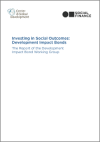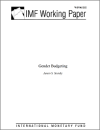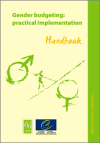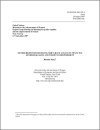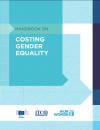Since the start of the COVID-19 pandemic, almost USD 16 trillion has been pumped into the global economy, and governments are now rolling out second and third ph
FOUND 29
Paper discussing the definition and measurement of Sustainable Development Goal (SDG) Indicator 5.c.1. (reclassified to Tier II) and comparing Indicator 5.c.1 with other SDG fiscal indicators.
This practical guide by Debbie Budlender and Guy Hewitt, based on experiences of past gender budget initiatives, provides a comprehensive outline of how to engender budgets.
Using country-level data, the paper estimates the costs of interventions aimed at promoting gender equality and women's empowerment in Bangladesh, Cambodia, Ghana, Tanzania, and Uganda. It then uses these estimates to calculate the costs of such interventions in other low-income countries.
This IMF Working Paper examines how public processes can contribute to improving women's status. Gender budgeting, which refers to the systematic examination of budget programs and policies for their impact on women, has been tried in a range of countries in recent years.
The focus of this publication is to act as a guide to the practice of gender budgeting. It is not a first-step book. There are many publications which articulate the rationale for, the background to and the history of gender budgeting.
This Commonwealth Secretariat publication provides a conceptual framework for work on gender responsive budgets, traces the evoluation of work in this area and provides information on country initiatives. This is a crucial resource for researchers, policy-makers and practitioners.
This paper uses examples from Australia and the Pacific Island Countries and Territorities to address the following questions:How can we assess a government's achievements in gender responsive budgeting? How can gender responsible budgeting be made sustainable in the face of change?
The Handbook is a comprehensive, step-by-step guide to costing gender equality priorities.
This paper provides guidance on how to make Public Finance Management (PFM) reforms gender responsive. It presents an overview of PFM reforms and explains how and why they are important to the achievement of gender equality outcomes.

